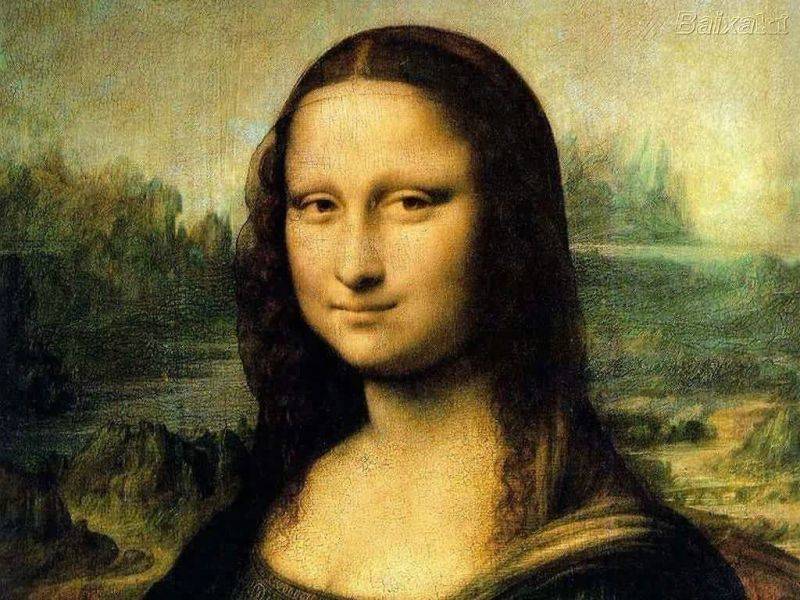Caprotti: One Painting, Two Artists, Centuries of Mystery
In the mystery novel, the "Da Vinci Code", author Dan Brown refers to cryptic messages supposedly incorporated by Leonardo Da Vinci into his artwork. In the television series Da Vinci's Demons, a “young Leonardo struggles with his inner darkness “tortured by a gift of superhuman genius.” Now there is a new mystery surrounding the life of the Italian artist, inventor, idealist, and intellectual genius, and this one happens to be a real-life mystery.
The Caprotti Caprotti, A Study of a Painter who Never Was, is a rousing new book written by Maurizio Zecchini, published by Marsilio Editori, that raises thrilling questions and intrigue surrounding the genius of Leonardo.
“I am not a collector. From childhood, however, my father taught me to look at things, not just see them. With his guidance, I became used to the look of a Marieschi, a Casorati....” writes Bernardo Caprotti in the foreword of the book.
“Turning the pages of a Sotheby's auction catalog for 26th January 2007, I was transfixed by the gaze of that Christ, painted five hundred years earlier by an artist from north of Milan with my own surname, Gian Giacomo Caprotti.
There were other paintings of interest in the same auction, so I called my friend Maurizio Zecchini, son of and worthy successor of the celebrated dealer Napoleone Zecchini, who traveled to New York. And returned in triumph. Some weeks later, the Caprotti arrived and I was thunderstruck.
In the darkness – I always get up in the middle of the night for a glass of milk – that gaze, lit only by a small spotlight, left me cold with amazement. Those eyes were disturbing, to say the least. They had something which worked its way inside, something alive but transcendent, evoking the mystery of the 'name of the rose'.”
Bernardo Caprotti is the mogul behind Italy's Esselunga supermarket chain, and the painting of the Christ is a mystery that traces its way back through time to the late 1400s, into the workshop of none other than Da Vinci. Caprotti's enchantment with it led art historians to examine the work thoroughly, thus opening up a world of questions, scientific investigations, and hypotheses surrounding the supposed painter, Caprotti, and his master, caretaker, teacher, and alleged lover.
But who was Caprotti? Apparently he is better known as Salai, or “the devil,” a nickname assigned to him as a rascally youth by Leonardo himself. He was so close to his master that he ran his finances and oversaw the running of his household. And had he really mastered the skills in a way that matches the work of Da Vinci? The Christ's hyptnotizing stare is indeed incredibly similar to the one of the Mona Lisa, filled with compelling human emotion shown in the most subtle way. The two portraits are also incredibly similar with regard to techniques used – the spread of light over the face, the crackling on the surface of the paintings. So who painted the Christ? Did Salai, as the maestro's pupil, mastered both the technical and emotive skills of his teacher or did Da Vinci have anything to do with it?
“The imitable sciences are such that, through them, the disciple may become the equal of the originator, and produce like fruit. Such sciences are useful to the imitator, but are not so excellent as those which cannot be bequeathed in the way other items can. Among these, painting takes pride of place: it cannot be taught to those not gifted with talent by nature, unlike mathematics, wherein the disciple may acquire all that the master presents to him.”
Should we believe Da Vinci's own words? Let's look for the answer in the pages of this book.








































i-Italy
Facebook
Google+
This work may not be reproduced, in whole or in part, without prior written permission.
Questo lavoro non può essere riprodotto, in tutto o in parte, senza permesso scritto.